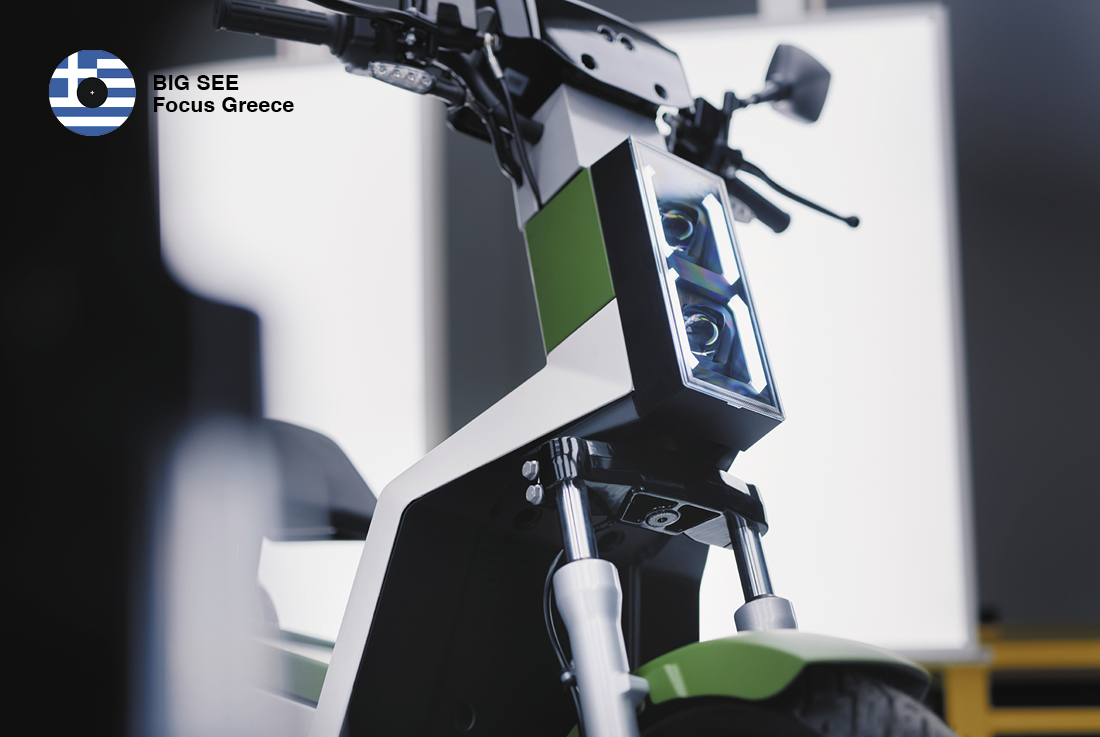3 Questions for Matadog Design
Q: How did the initial brief for NOOS translate into the final concept?
A: Designing the first Greek electric vehicle was a major responsibility — it had to make a statement and set a new design standard. The original brief led us in one direction, but as the project evolved, we realized that to capture the true spirit of NOOS we had to take a completely different route.
Our goal was a design that doesn’t mimic or follow trends — something unique, authentic, and confident. Over nearly 1,000 sketches and two years of design development, we explored proportion, simplicity, and motion until the form felt both timeless and dynamic.
A clay model confirmed our direction, ensuring balance between aesthetic and functional goals. Collaboration with ECOSHIFT — who describe NOOS as “the first 100% electric scooter with a motorsport DNA” — kept the design aligned with engineering precision.
Ultimately, NOOS became a study in reduction: removing excess, refining proportions, and expressing motion through simplicity. The result is a scooter that feels minimal, strong, and forward-looking — a clear reflection of Greek innovation and design independence.
Designing the first Greek electric vehicle was a major responsibility — it had to make a statement and set a new design standard. The original brief led us in one direction, but as the project evolved, we realized that to capture the true spirit of NOOS we had to take a completely different route.

NOOS doesn’t imitate; it defines its own form — minimal, strong, and distinctive.
Q: What were the biggest challenges and achievements, and what are you most proud of?
A: The main challenge was balancing design intent with engineering reality. Every creative decision affected the mechanics, and each technical constraint reshaped design. That constant exchange demanded precision, trust, and flexibility.
Time also tested the process. Each stage revealed new insights and forced us to rethink details under pressure. We treated this not as limitation but as part of the creative rhythm — proof that design is never static but alive.
Those challenges shaped our greatest achievement: a product that expresses purity and identity.
NOOS doesn’t imitate; it defines its own form — minimal, strong, and distinctive. Seeing it evolve from a sketch into a fully realized vehicle built in Greece is what makes me most proud. It proves that collaboration and clarity of vision can create something truly original — something that moves both people and ideas forward.
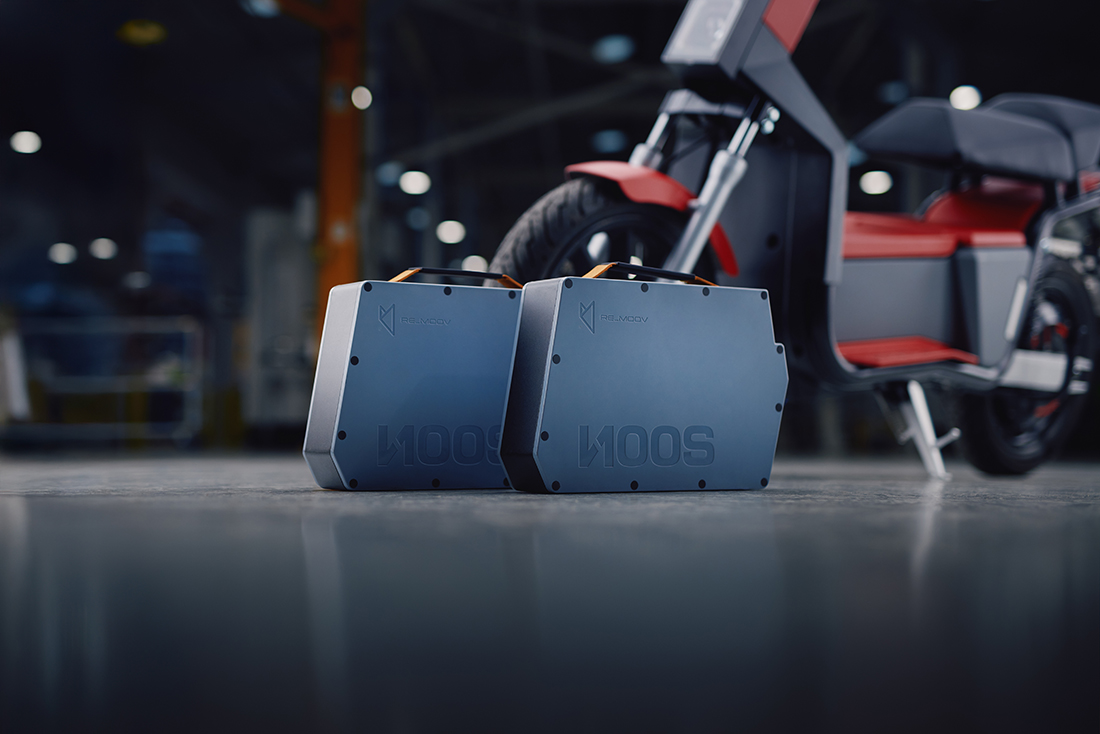
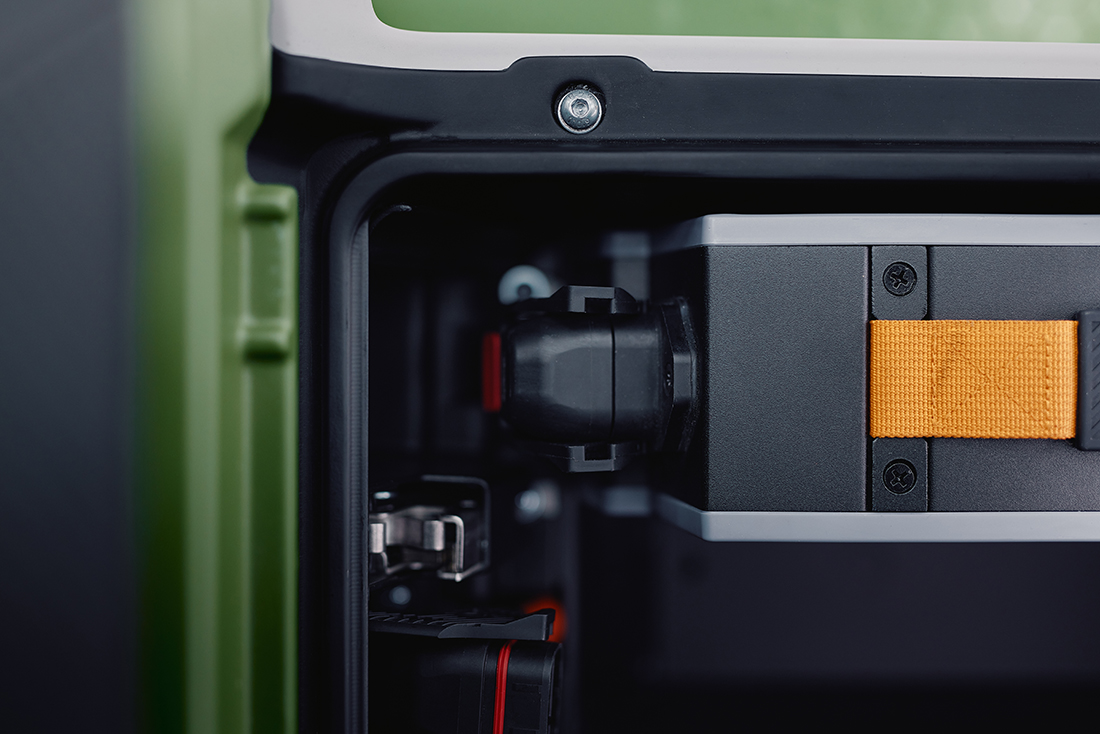
Q: Where do you see the role of design in the everyday use of new forms of mobility?
A: Design is what makes technology feel human. Electric mobility isn’t only about engineering progress — it’s about creating experiences people can trust and connect with.
Design simplifies that relationship. It makes new technology intuitive, approachable, and meaningful. With NOOS, we aimed to remove complexity and focus on clarity — on a form and experience that communicate ease and confidence.
Design defines how people perceive and adopt change. It can turn sustainability into desire, efficiency into emotion, and movement into identity. In that sense, design doesn’t just shape vehicles — it shapes the way we move and live.
Design defines how people perceive and adopt change. It can turn sustainability into desire, efficiency into emotion, and movement into identity. In that sense, design doesn’t just shape vehicles — it shapes the way we move and live.
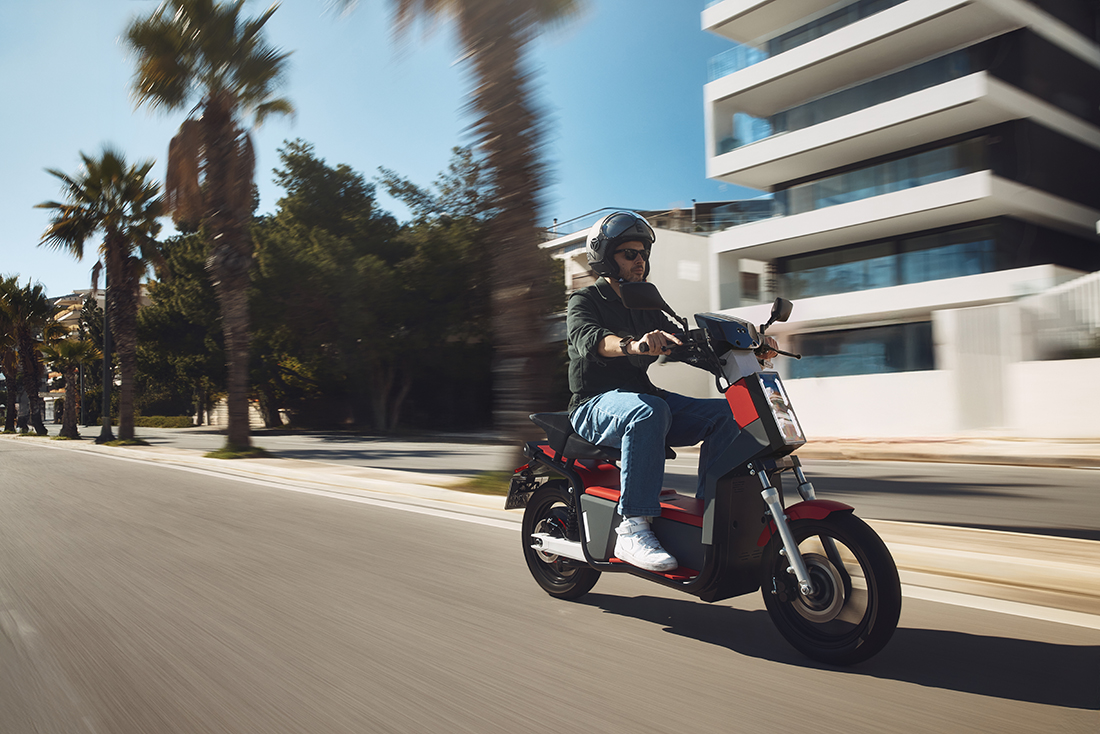
About NOOS Electric Scooter
NOOS is more than an electric scooter – it is a bold statement of innovation, design excellence, and effortless sustainability. Engineered and manufactured in Greece by ECOSHIFT, part of the Petros Petropoulos Group, it delivers a premium riding experience where performance, aesthetics, and practicality converge.
Redefining electric mobility, NOOS combines seamless connectivity, intuitive interaction, and high-quality materials – making sustainability a desire rather than a compromise. Powered by a Bosch 5 kW motor and dual removable batteries, it offers up to 131 km of range and full digital control through an 8” connected dashboard.
Built for durability and daily use, it features a tubular steel frame, 14” wheels, CBS disc brakes, and a 180 kg load capacity. With its clean silhouette, robust frame, and refined detailing, NOOS embodies a new era of urban mobility – one where purpose meets style and technology empowers freedom.
This isn’t just transportation. It’s about elevating the way we move.
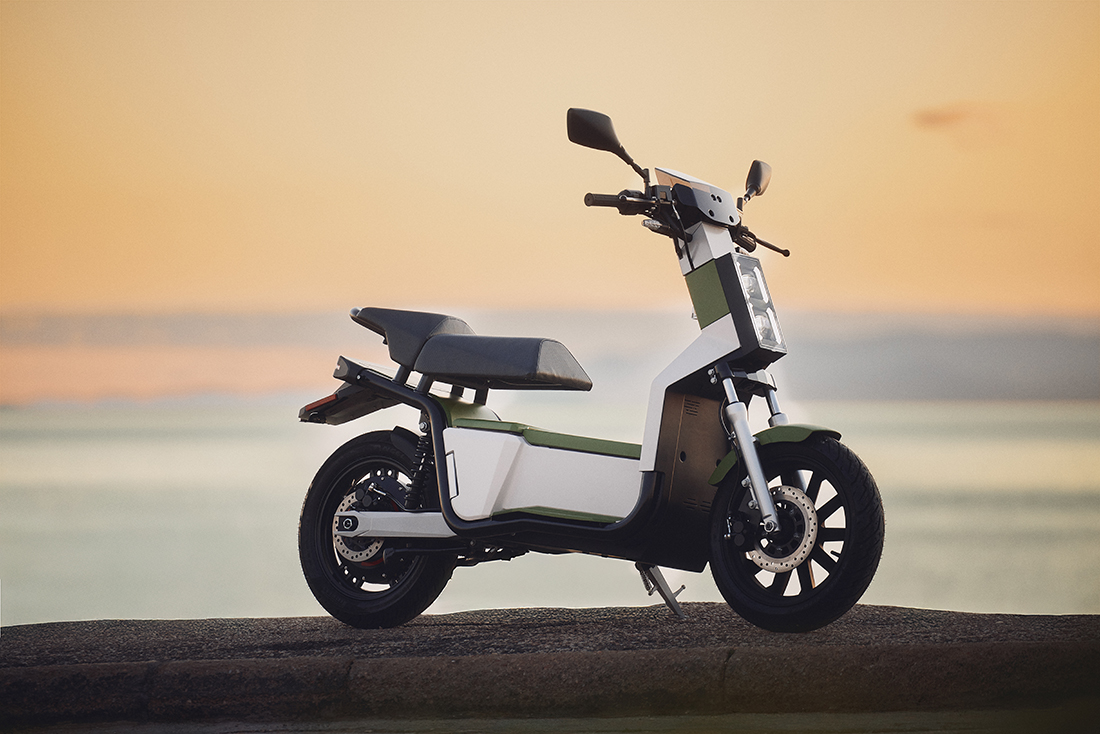
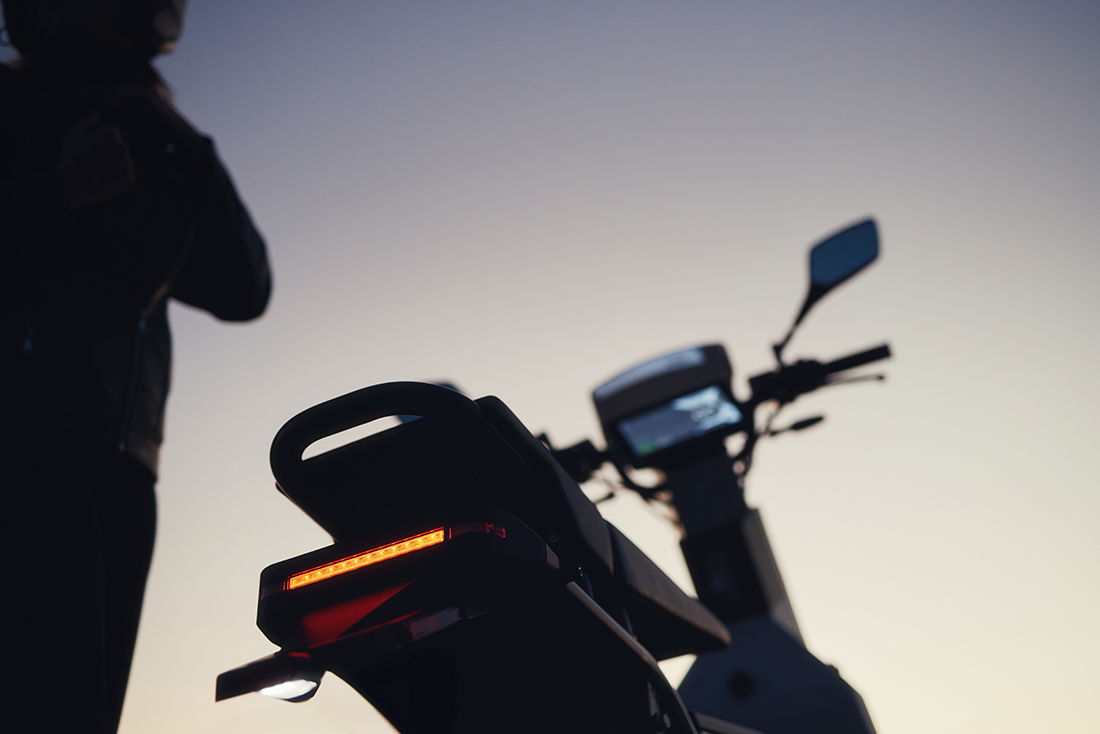


Andreas Kioroglou
Andreas Kioroglou is a multi-award-winning designer specializing in product design, structural packaging, and branding. With over two decades of experience, his work is recognized for breaking conventions and merging creativity with sustainability. He is the designer of the NOOS electric scooter, the first Greek e-scooter engineered and manufactured by ECOSHIFT – Petros Petropoulos Group, a project that embodies a forward-thinking approach to sustainable urban mobility. He is also the creator of Viupax®, a patented and internationally acclaimed footwear packaging system that minimizes environmental impact while redefining the user experience. Other notable projects, such as Stafidenios, have received global recognition including Platinum Creativity International Awards, Silver Pentawards, and a Cannes Lions shortlist. Beyond his practice, Andreas serves internationally as a design advisor, patent holder, and jury member in leading competitions including Art Directors Club New York, A’ Design Award, Summit International Awards, and Creativity International Awards, reinforcing his role in shaping contemporary design discourse.
Project
NOOS Electric Scooter
Design Studio:
Matadog Design
Author:
Andreas Kioroglou
Manufacturer:
ECOSHIFT
Year of Completion:
2025
Edited by:
Blažka Drnovšek


